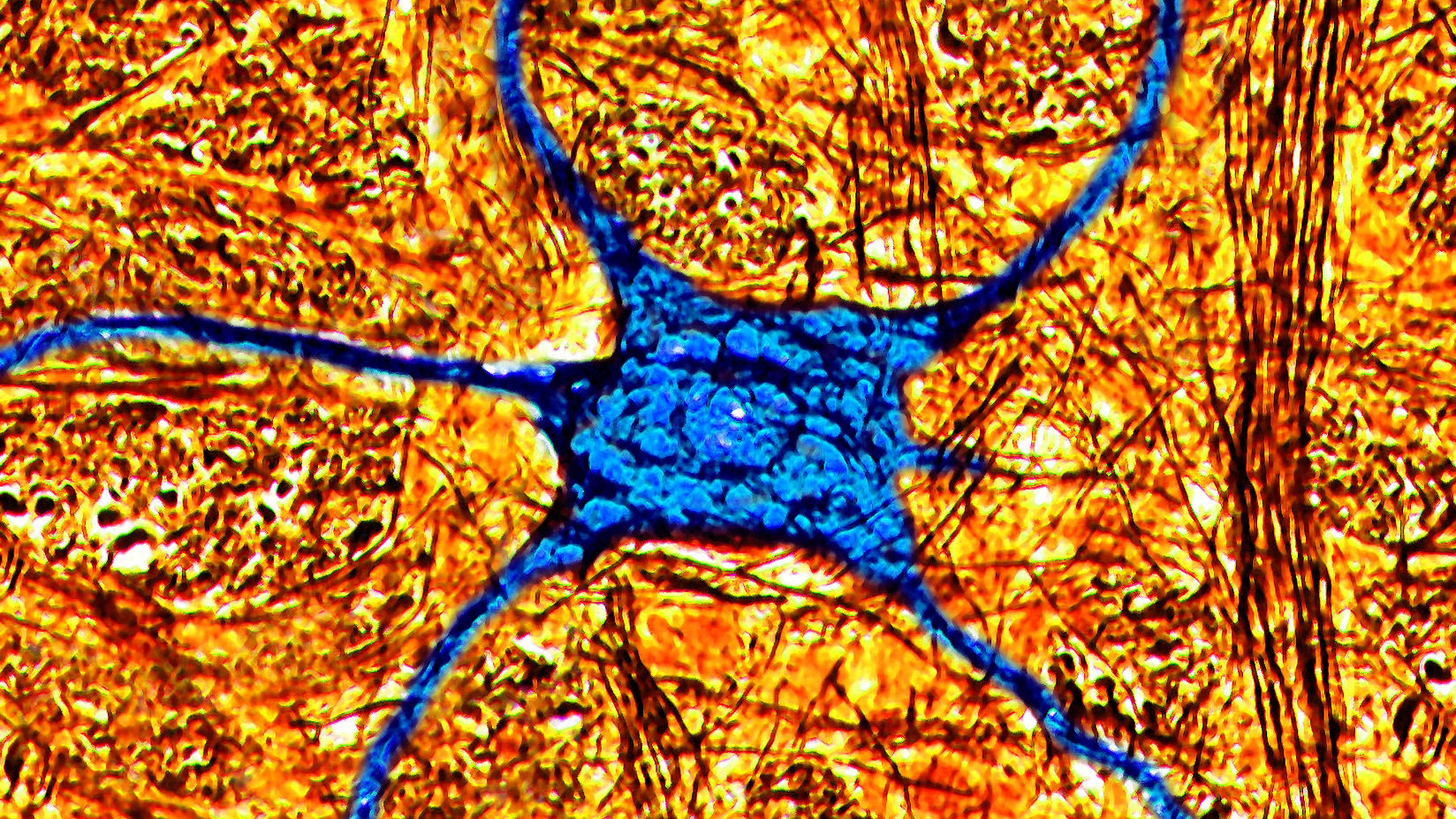

Scientists merged human brain-like tissue with a computer chip in order to help teach small robotic systems how to navigate obstacles, as well as how to track and grasp items. The steps to make your own “brain-on-chip” are even available open-source online—if you know how to cultivate three-dimensional stem cell organoids and are versed in attaching them to electrode chips.
Researchers first grew brain organoids from human pluripotent stem cells over a decade ago, but for many years cultivation was limited to two-dimensional samples that limited their functionality. More recent developments in growing three-dimensional organoids, however, are expanding the potential computing power of harnessing the bioengineered tissue’s neural activity with computer chips.

The latest organoid intelligence (OI) advancements come from a team of collaborators from Tianjin University’s Haihe Laboratory of Brain-Computer Interaction and Human-Computer Integration and the Southern University of Science and Technology. According to researchers, their “open-source brain-on-chip intelligent complex information interaction system,” or MetaBOC, is the first of its kind, and could pave the way for more complex human brain-computer interfaces (BCIs) and even one day repair neurological damage.
After growing brain-like tissue in a culture, the team grafted their organoid onto an electrode chip that allowed it to interpret external electrical signals. The chip is reportedly capable of directing robotic systems to navigate environments and grip objects after simulation training sessions. To accomplish this feat, researchers integrated machine learning algorithms into its organoid-enhanced neural computing network, marking a notable achievement in furthering explorations into “hybrid intelligence.”
“[MetaBOC chip] enables it to interact with the outside world through encoding and decoding and stimulation-feedback,” Ming Dong, vice president of Tianjin University and executive director at the Haihe Laboratory for Brain-Computer Interaction and Human-Computer Integration, said in a statement on June 28.
[Related: Scientists have 3D bioprinted functioning human brain tissue.]
Accompanying images appear to depict a Silly Putty-like organoid mounted within the head of a bipedal robot—but don’t worry about human-synthetic cyborg armies just yet. The tiny Terminator is only meant as a model for what future OI machines may look like.
And before that ever happens, scientists will need to address a number of hurdles currently facing the research field. Speaking with the South China Morning Post, Tianjin University professor and study co-author Li Xiaohong noted “bottlenecks such as low developmental maturity and insufficient nutrient supply” issues that still require solutions.
Beyond standalone robots, researchers also hope brain organoids can help restore brain functionality for people living with neurological issues or decreased mobility due to stroke. In a paper recently published in the journal Brain, the team noted exposing the organoids to low-frequency ultrasound waves stimulated neural network growth, indicating a possible non-invasive route to one day graft similar tissue onto actual human brains.